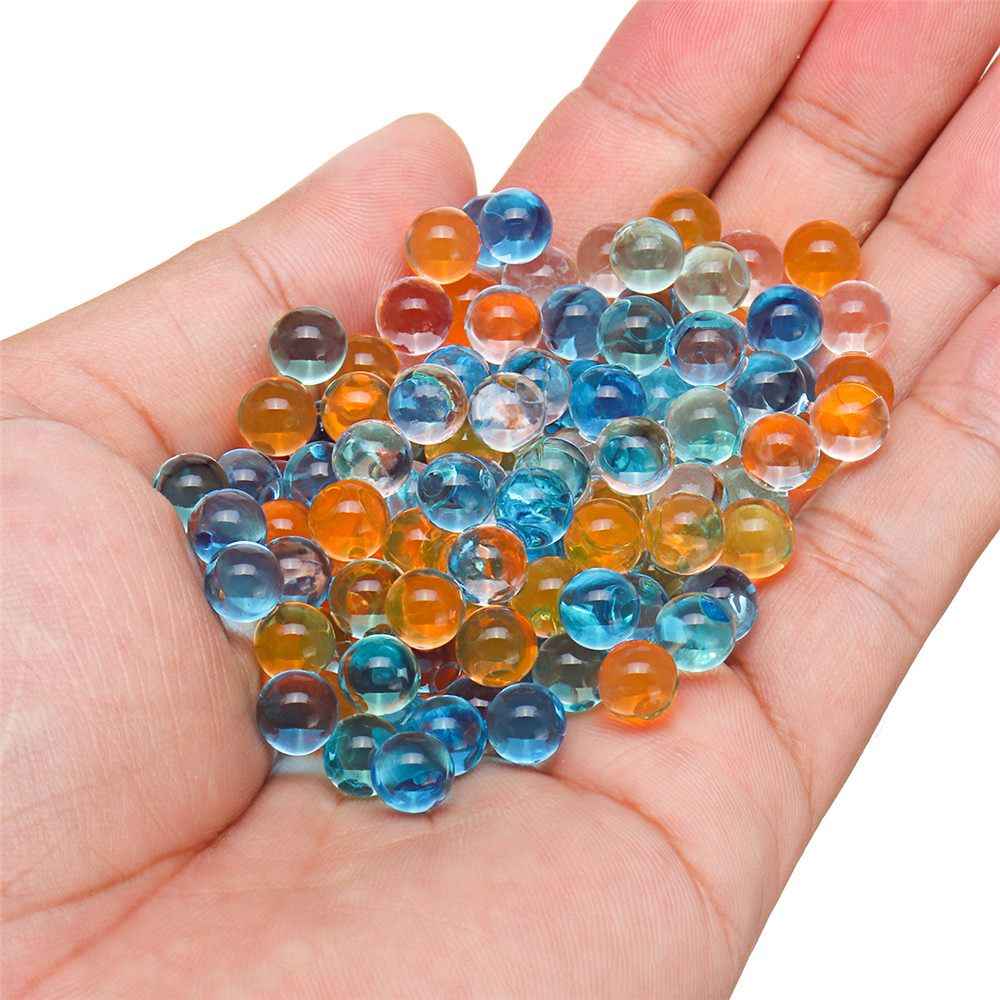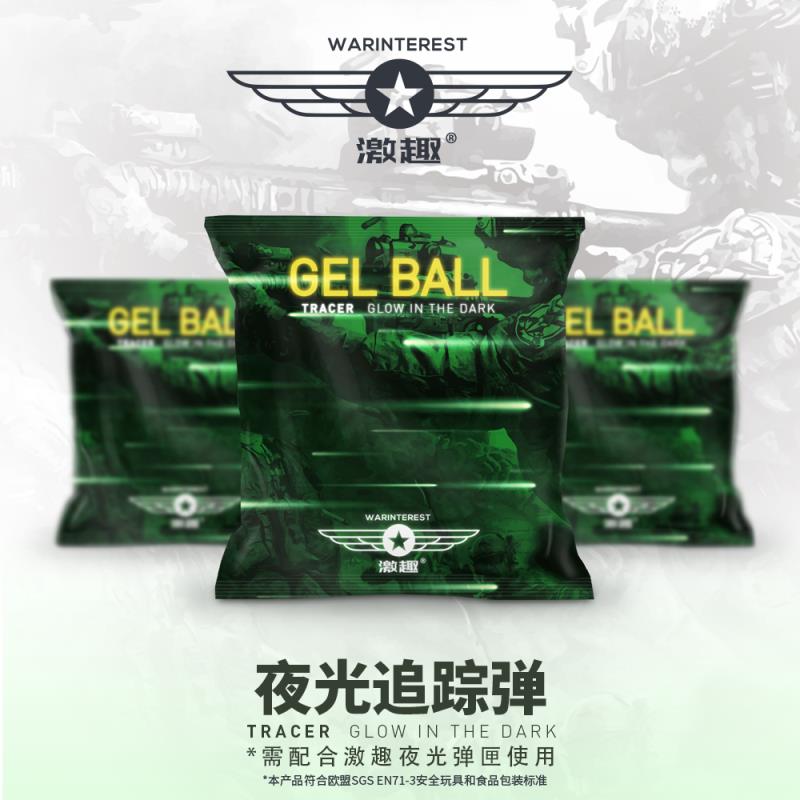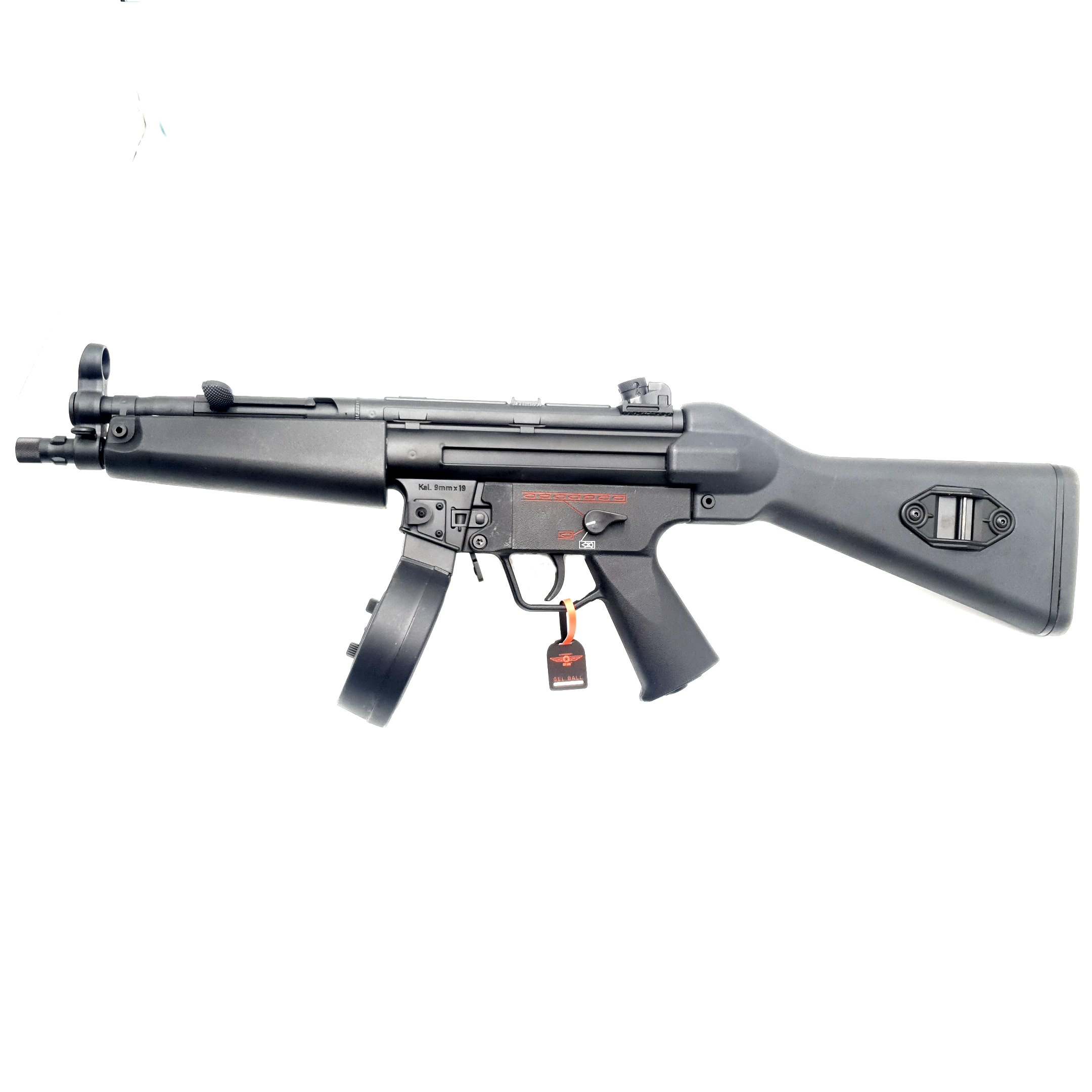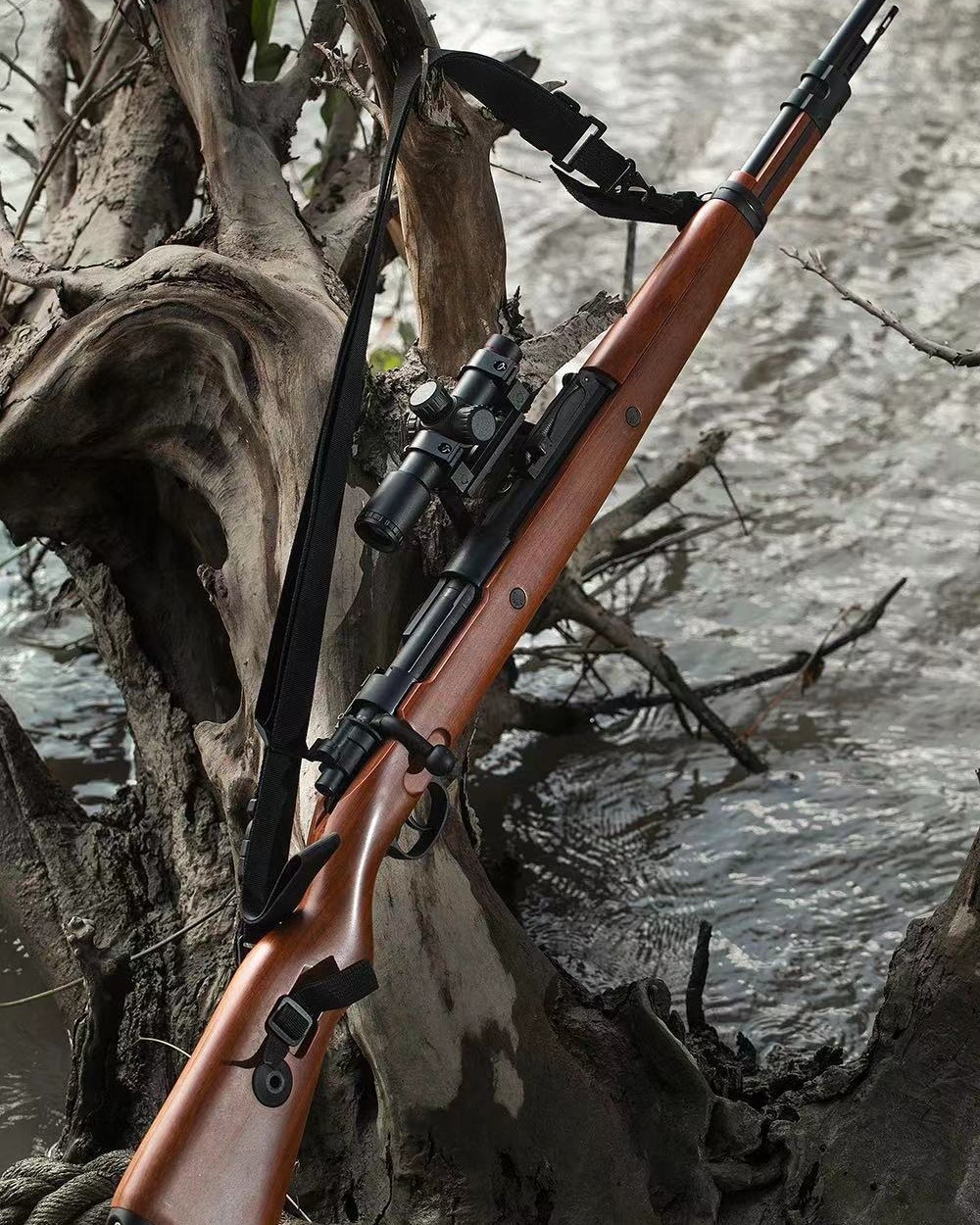
You’re here because you’re thinking of getting into the fantastic world of Gel Blasting, the safest and most fun of the Close Quarters Battle (CQB) sports.
The selection of available Gel Blasting weapons is extensive, and there are a lot of them that not only look great but are also reasonably priced. There are handguns, assault rifles, shotguns, sniper rifles, submachine guns, and the list goes on.
When you buy a new Gel Blaster Gun, it is likely to come with some low-quality components. If you decide to get a pricier, top-of-the-line Gel Blaster, it will probably come with standard quality components. If you enjoy the game and want to improve your performance, there is an easy way.
Enter the land of upgrades, where you can change every individual component in your Gel Blaster into something better. Let’s explore the reasons and the parts needed to construct your very own Gel Blaster.
Four reasons to build your Gel Blaster
Building your own weapon allows for more control over your preferences.
Velocity – Increasing the speed of the Gel Ball gives better range and precision.
Firing speed – The more Gel Balls are in the air at once, the higher the chance of a successful attack.
Reliability – Higher quality components minimize the appalling thought of a part malfunctioning during a game.
Fun – Having fun is what Gel Blasting is all about!
Understanding how your weapon works is the first step to being a better player.
Having better-performing equipment will save you cost and effort in the long run, minimizing the need for service and repairs. It is NO fun when a gun malfunctions during a game!
Battery
Most Gel Blasters come with a 2 cell lithium-ion polymer battery that delivers 7.4 volts. Getting an 11.1-volt battery with three cells is an easy upgrade; simply switch to a new battery and get the matching charger.
Ensure the new battery fits in the battery compartment of your Gel Blaster; different Blasters use a wide range of batteries.
That extra voltage will make your motor run faster and also improve the torque. A high torque will be helpful when you do other upgrades.
Spring
The spring is a cheap and easy upgrade. Many Gel Blasters come with a gearbox outside which the spring is accessible.
The spring is fundamental in dictating speed and power. The harder the spring compresses, the more power it will eventually transfer when released, giving Gel Balls a higher velocity.
Springs come in many different types and strengths.
Long springs require more power and need to be compressed more than short ones.
Thick springs need more power to compress than thin springs.
In addition, the type of metal with which the spring is made makes a difference. Stiffer metals like carbon steel, a dark metal, are more rigid than stainless steel, requiring more compression power.
If you get a spring too hard for your motor, the motor will struggle with compression. In that case, a thinner or shorter spring would be ideal.
Springs are highly affordable. You can get a few springs of varying density, thickness, and length, gradually increase the stiffness until the motor gives up to get the maximum power.
Alternatively, upgrading the motor is an option. If upgrading the motor, be aware that most Gel Blasters out of the box come with nylon gears significantly weaker than metal gears. Nylon gears might struggle to deal with the increased stress, and you might need a gear upgrade.
O-Ring
The O-ring is located in the piston head and is the part that keeps the air compressed when the spring releases its accumulated power and pushes the piston forward in the cylinder.
The original O-ring is prone to leaking air and should be replaced by a high-quality one.
Switching out the O-ring is easily the cheapest upgrade that will make a significant performance improvement. The only downside is that you will have to disassemble the gearbox, or at least take off the top if you are lucky enough to have a split gearbox.
Barrel
Your Gel Blaster Gun most likely comes with a plastic barrel. A metal barrel has less friction and will increase the velocity of the Gel Ball.
If you decide to switch out the standard plastic barrel with a metal one, consider the balance between cylinder and barrel volume.
In addition, you will probably need to get a new t-piece, since most are glued onto the barrel.
Cylinder/Head/Nozzle/Piston/Tappet
These are the parts of the Blaster where the air is compressed and is prone to air leaks. An air leak would mean a drastic decrease in power and performance.
The cylinder is a metal tube where the air is compressed. There are full cylinders and ported cylinders.
A ported cylinder has a hole and will compress less air. The type of cylinder you will need depends on the volume of your barrel.
In the front end sits the cylinder head. It typically comes as a plastic or nylon piece with a single o-ring, and is easy to replace with a double metal o-ring.
There are also one-piece cylinder and head options that will eliminate the possibility of air leaks.
The nozzle sits at the end of the cylinder head and is pushed and pulled by the tappet. It positions the Gel Ball for the barrel.
To reduce any air leaks, a metal nozzle with o-rings works best. The nozzle and cylinder head typically come together but can also be bought separately.
Tappet
The tappet gets trapped by a pin on the sector gear and is pulled back for a short while, pushing the nozzle into the piston head. This action leaves a gap between the nozzle and the barrel in the t-piece, letting a Gel Ball pop into place.
The tappet will be released and pulled forward by a return spring while the piston is still being pulled back by the gears. This pushes the Gel Ball into the back of the barrel, preparing it to be fired when the gears release the piston.
The tappet is usually plastic in an off-the-shelf gun and should be replaced with nylon or metal if you’re seeking to improve your equipment’s fire rate.
The piston sits on the spring while the piston head is located at the front. The piston is the moving part responsible for keeping the air compressed while being pushed by the spring. In addition, it allows air to flow back when it is pulled back by gears.
A good airflow when pulled back makes it easier for the engine and will improve the rate of fire.
The piston has a ladder on the bottom where the gears connect to pull it back to compress the spring.
The piston ladder and the gears should be the same material to avoid additional stress on the ladder. It is recommended to change the ladder as well if you change your gears to metal.
T-piece
The t-piece is the tube that is located between the cylinder and barrel and connects to the magazine.
It takes your Gel Balls in and places them in position for getting shot out of the barrel. The t-piece may have to be changed if you change your barrel.
Why Pair The Barrel and Cylinder?
The volume of the cylinder and the barrel should be paired, so the compressed air spent is balanced just as the Gel Ball leaves the barrel. If the cylinder has too much volume, it may cause turbulence when the Gel Ball exits the barrel, affecting precision.
If the cylinder lacks volume, the force of the compressed air will be spent prematurely, affecting the range and precision of the Gel Ball. A reasonable ratio is a cylinder volume of approximately between 1.6x and 2x that of the barrel.
Hopup
A hopup sits at the end of the barrel and is used to get a backspin on the Gel Ball. A backspin on the exiting Gel Ball will significantly improve accuracy by straightening the trajectory.
Note that a hopup might prevent the use of a tracer unit, and you might have to choose between them both.
Bonus tip: Cover the hopup with a fake silencer to protect it from dirt or accidental knocks and bumps.
Gears
The gearbox has three different gears named after their shape.
The bevel gear connects to the motor and is beveled (or sloped) to fit the pinion gear on the motor.
The spur gear connects the bevel gear to the sector gear, which is the part that pulls the piston and tappet back.
You can choose gears in different ratios; the most common ones being 18:1, 16:1, and 13:1.
The ratio describes how many revolutions the motor has to do to complete a full cycle. A lower ratio means a faster rate of fire, but also less torque.
A faster rate of fire means you will have to use a less powerful spring. It is all entirely up to you!
Metal gears work better than plastic gears for an upgraded Gel Blaster. Just remember that the piston ladder should ideally be the same material as the gears.
Shimming the gears is also important. The more stress you put on your equipment, the more well-balanced each part must be to ensure that the entire weapon does not malfunction or break.
Shimming is the process of making sure the gears are perfectly in line with each other. Shim sets are cheap, and it just takes some patience and time to balance your gears.
Motor
The motor can be fast or strong, although most are both and just differently balanced.
If a high firing rate is your thing, choose a motor balanced for speed. If you want high velocity and accuracy and are prepared to sacrifice firing rate, a high torque motor is more suited for you.
Observe caution while changing out the motor. Gears and tappets can break, giving you some serious problems.
Cables
Cables are what connects everything and transfers power from the battery to the motor through the trigger.
Upgrading the standard cables that come with your gun can improve the transmission of power and minimize loss. However, it will not change the fact that the metal switch behind the trigger will slowly be burnt, and carbon builds upon the metal in the switch.
The most effective upgrade is a MOSFET. In its most simple form, a MOSFET is an electronic switch that sits between the battery and the motor, shortening the distance between battery and motor.
This upgrade will let you use a low power through the trigger switch, saving it from burns and stress.
Glow-In-The-Dark Gel Balls?
Tracer Unit
A tracer unit sits at the end of the barrel and contains one or more LEDs that will charge up your Glow-In-The-Dark Gel Balls so they will make impressive laser-like streaks when fired.
The tracer units charged separately with battery. A tracer unit might be difficult to use with a hopup since they both sit at the same place.
If you feel confident with soldering and electronics, you could even build your own tracer unit or tracer t-piece. Here is a link for a DIY Tracer unit.
Tracer Magazine
Instead of sticking a unit at the end of your barrel, you could use a tracer magazine. A tracer magazine will charge up your Gel Balls to glow when they are fed into the barrel.
Except for the potential muzzle flare, the effect is the same as the tracer unit.
The tracer magazine does not charged separately and uses the main battery.
Conclusion
Building your Gel Blaster can be both fun and rewarding. Some patience and research are needed, and many experts are on hand to swap ideas or give you advice if required.
Our team at Renegade Blasters love geeking out on our toys. Get in touch with us if you’d like us to help you build your own Gel Blaster Gun! We look forward to hearing from you.
Blog created and optimised by: The Digital Guruz, Sheffield Based SEO Experts

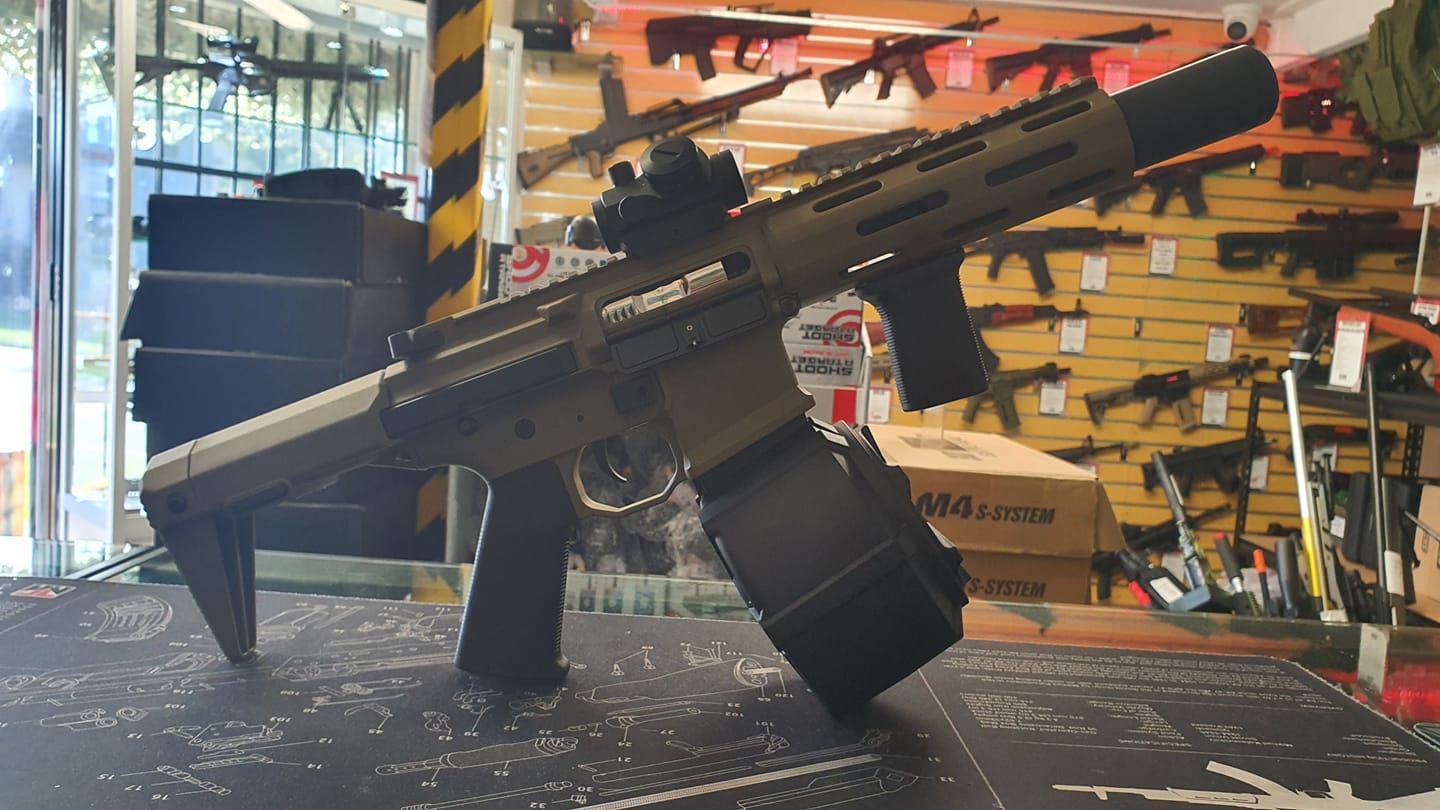
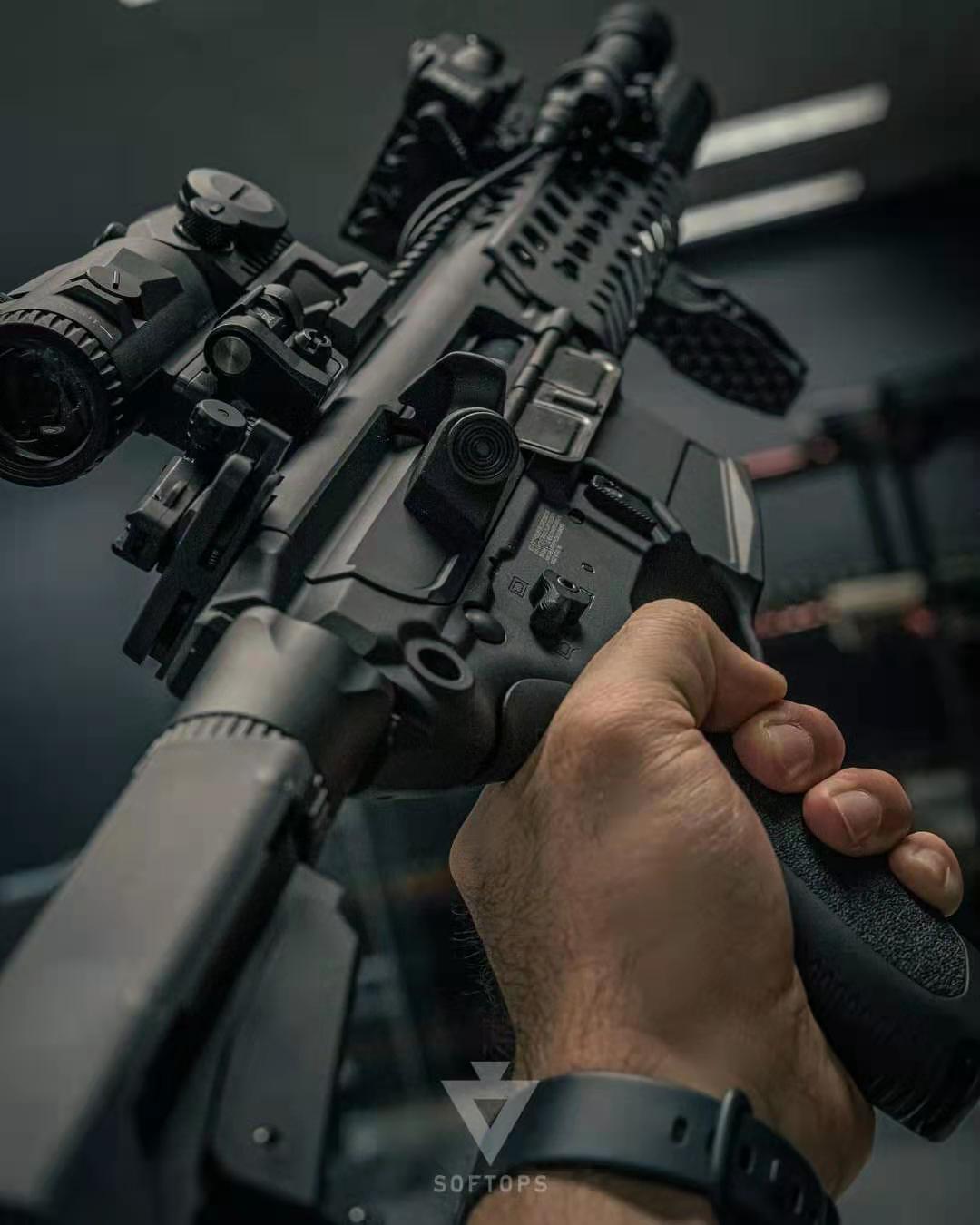


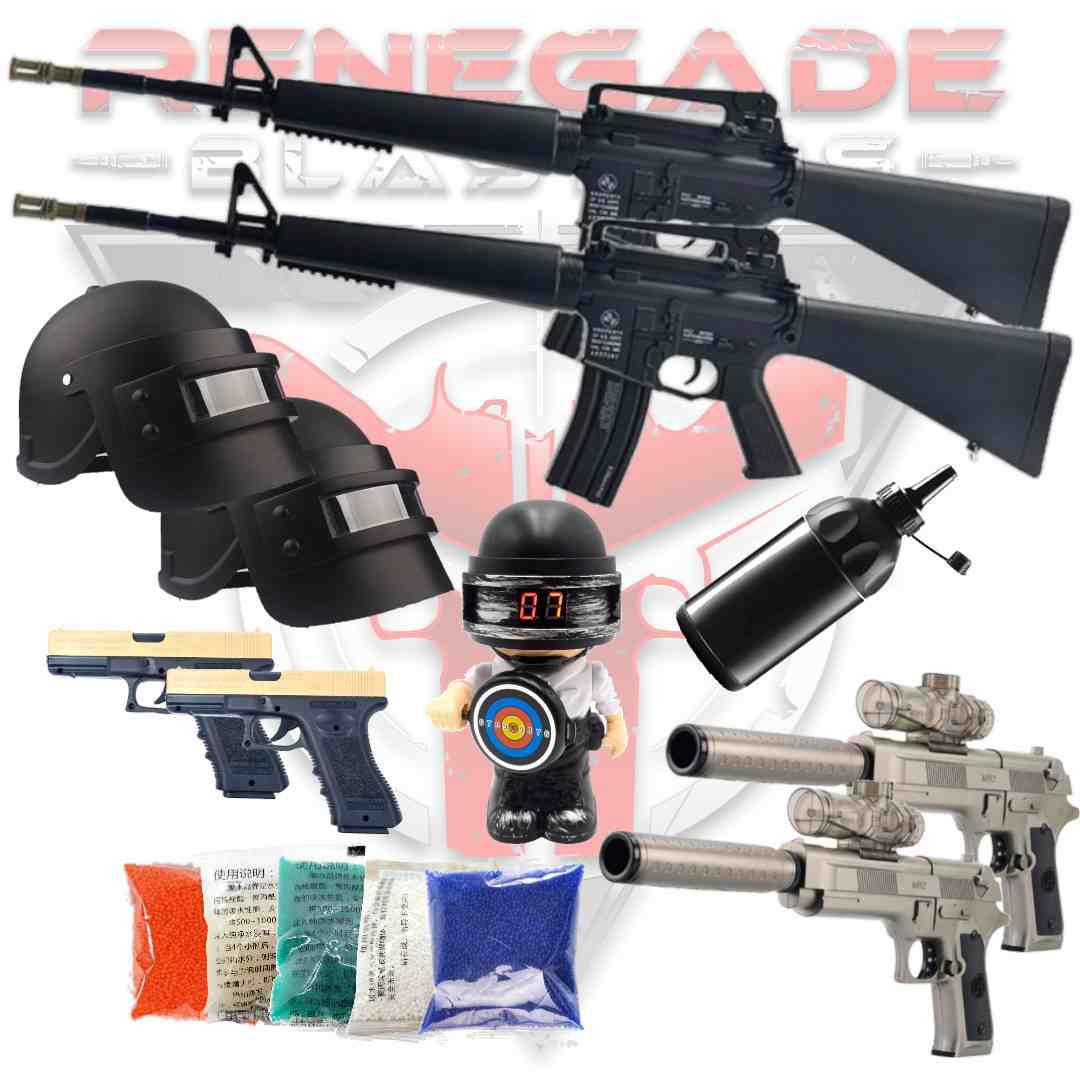
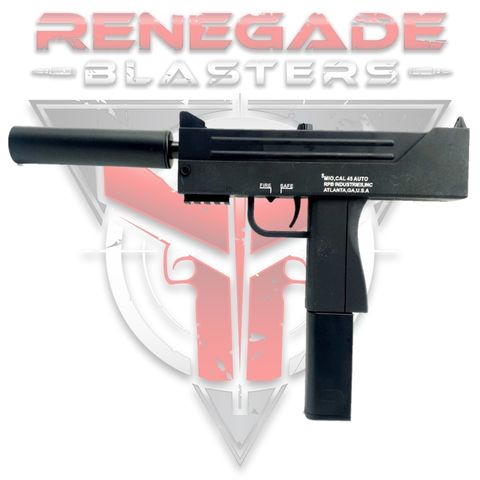
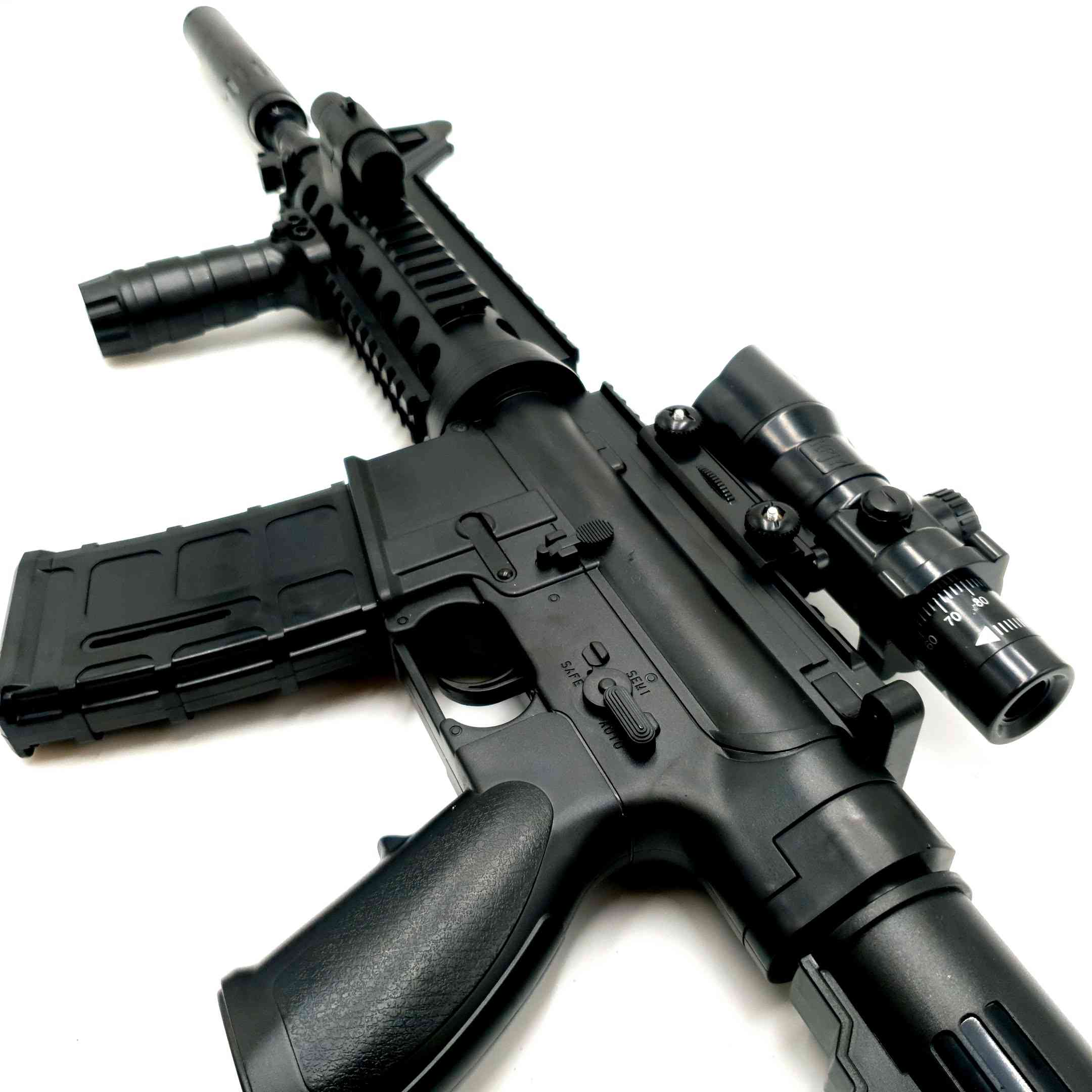
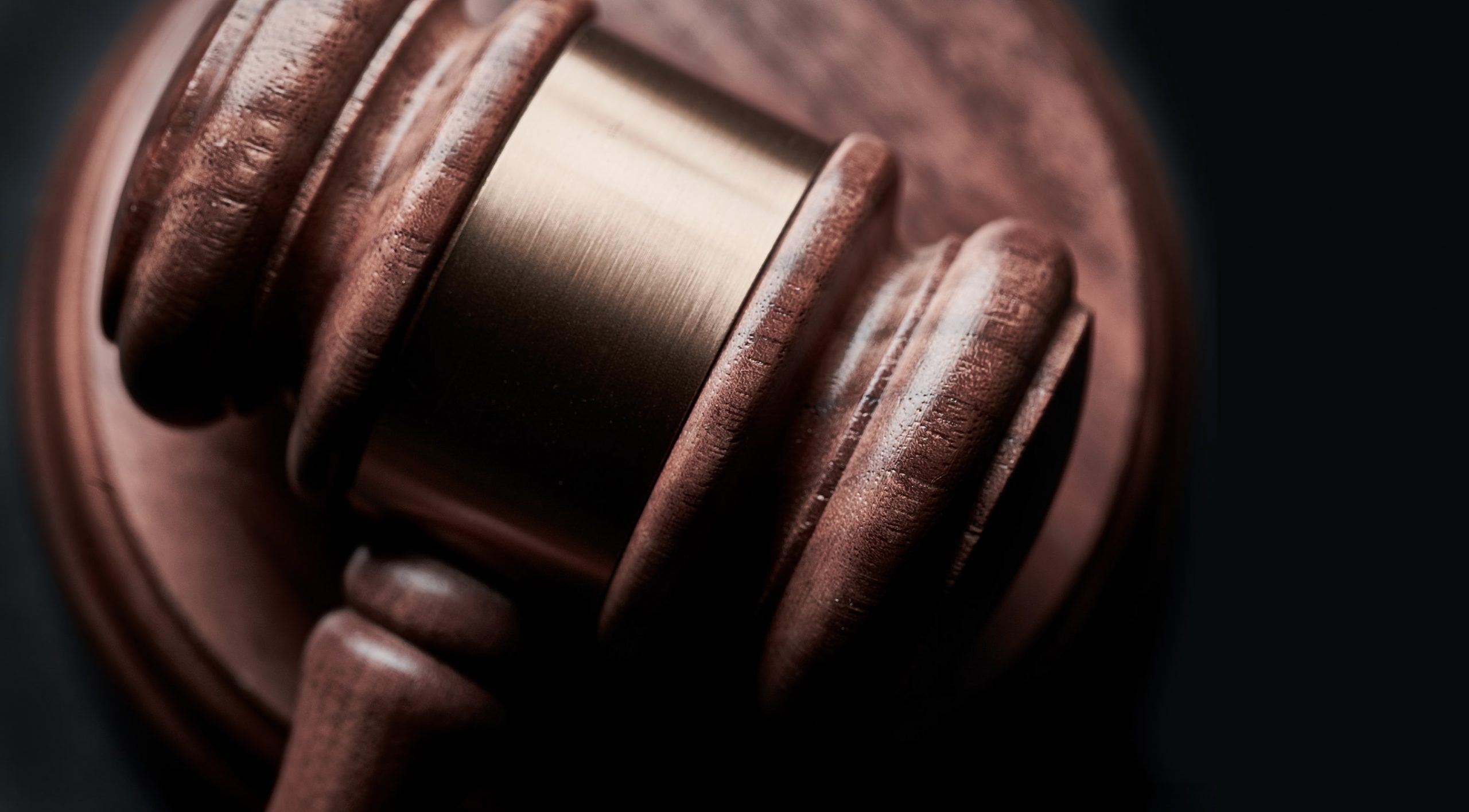
![JM M4A1 Gen 9 J9 with Nylon Gearbox Gel Blaster [CLEARANCE]](https://renegade-blasters.com/wp-content/uploads/2018/11/sketch-1625509709492-1024x1024.jpg)
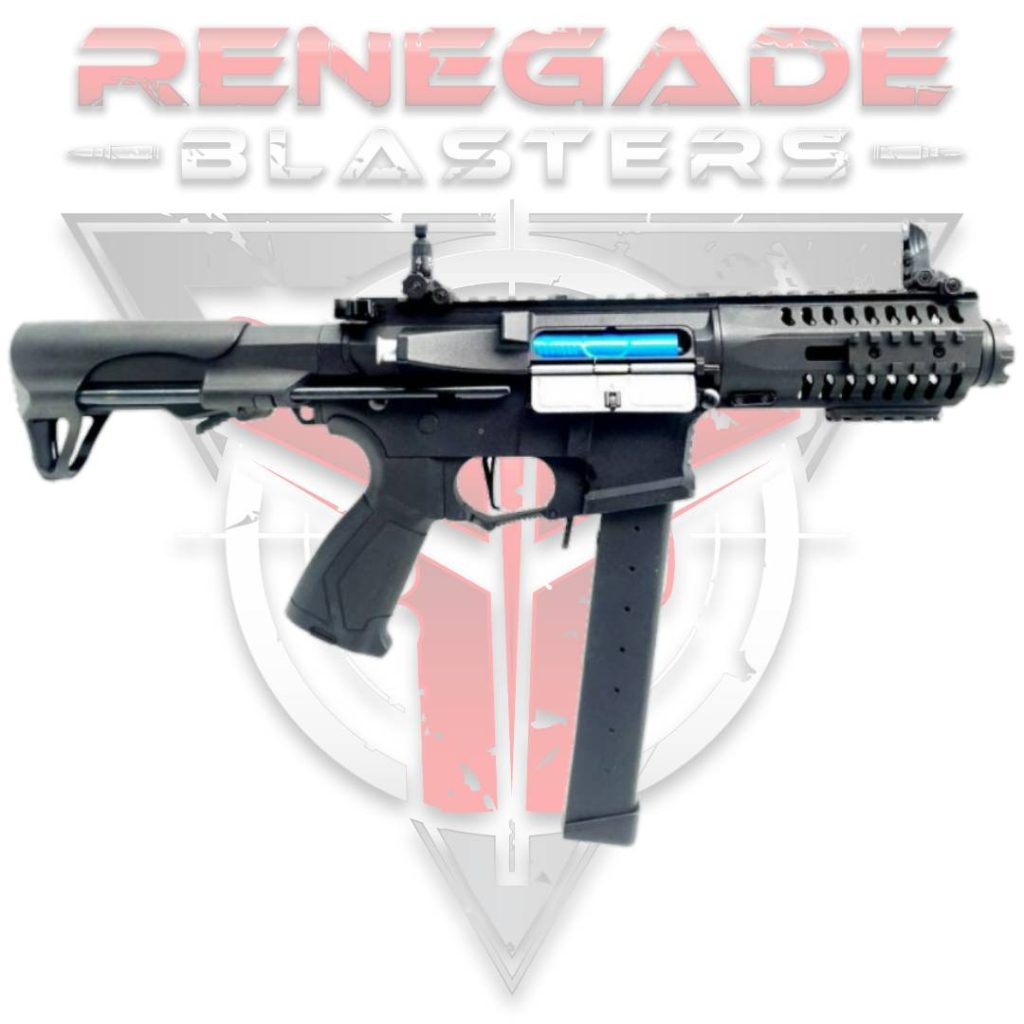
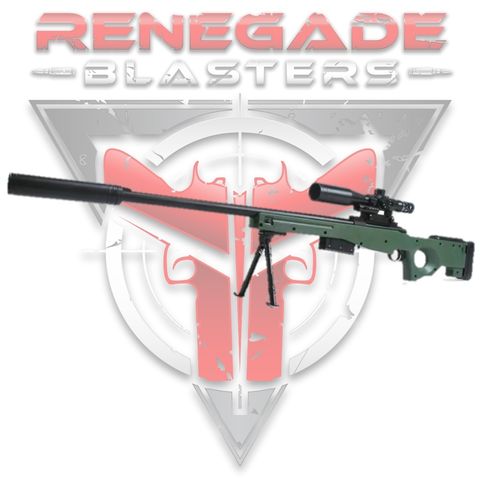
![LH Kriss Vector V2 Gel Blaster [CLEARANCE]](https://renegade-blasters.com/wp-content/uploads/2018/11/sketch-1625500422739-1024x1024.jpg)
